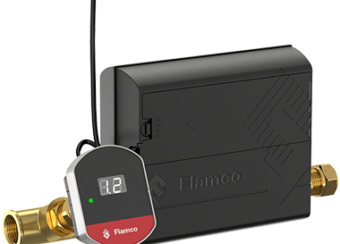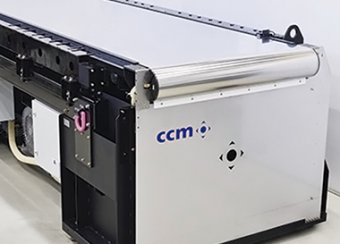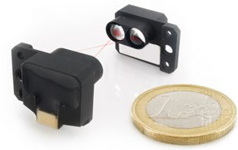Reliable printed circuit board detection SMT technology with optical sensors in K&S iFlex machines
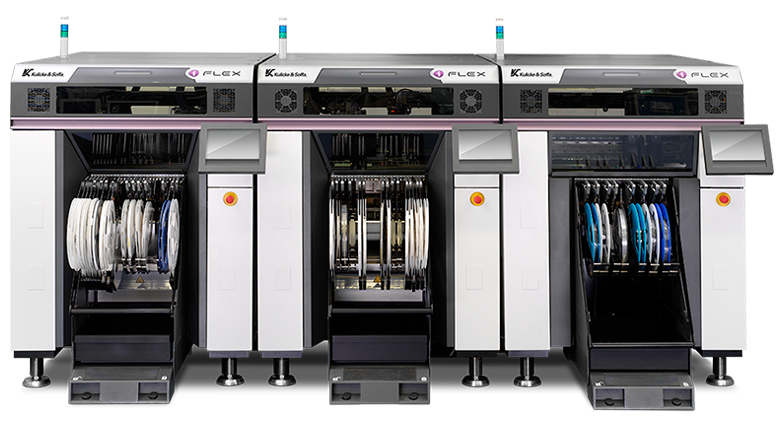
The conveyor module for the boards was entirely redeveloped and engineered in the process. While the detection of the PCBs continued to pose challenges right up to the final stages, K&S, Frencken Mechatronics and Sentech joined forces in devising an effective solution.
Reliable detection of PCBs in SMT equipment
Marco Leeggangers, Business Development Manager at Sentech, describes the challenge: “The challenge was to detect a wide range of PCBs in a restricted space, but also with an extremely high level of reliability. These three factors called for very close cooperation between the three companies’ engineers.”
In the original system, a sensor examined the underside of the boards. “Given the restricted space available, the number of sensors and the large variety of PCBs involved, however, it was decided that they should be detected from the side in future. However, this also called for additional space, which was already at a premium.”
Sentech performed tests using various types of printed circuit boards, with a view to devising an adequate sensor solution. It soon became clear that glass fiber was not the solution, however.
Mr. Leeggangers: “The light intensity is not evenly spread. If a thin PCB passes the underside of the spot, the resulting signal drop is so low that it does not fall below the threshold, and the PCB is therefore not detected.”
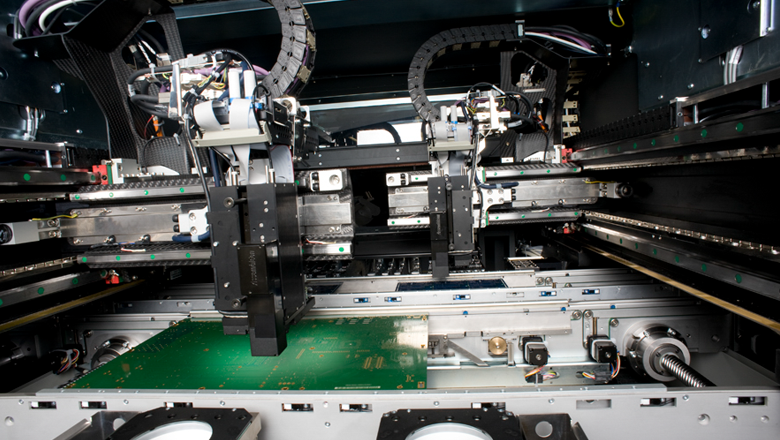
Customized sensor solution – STM optical sensors
Sentech discovered a solution in the form of an optical sensor manufactured by STM. Mr. Leeggangers: “Miniature optical sensors produce a far more even spread of light across the beam. This persuaded us to opt for sensors comprising a miniature optical transmission system with a separate amplifier, produced by STM, a German firm.”
Thanks to the independent amplifier functionality, Sentech was able to integrate 9 or 18 amplifier circuits in a single printed circuit board. “This sharply cuts costs. We therefore opted for a sensor assembly with a control PCB, which also communicates with the operating system by means of EtherCAT.”
STM even went so far as to develop its own LED, in order to achieve an even spread of light intensity. This involves the application of a synthetic coating to the die using an injection molding process.
The curvature of the coating is closely monitored as it becomes thicker. The process is halted once the ideal convexity is reached, thus producing a splendid uniform beam, which is emitted at the ideal emergence angle.
Subsequent tests carried out with both the new and standard LEDs nevertheless revealed that the reflection of this narrow beam caused problems when it came to identifying the various shapes. It ultimately transpired that not a source producing a tight beam, but rather a ‘very large, divergent lamp’ proved the most favorable.
In this case, affordable LEDs therefore proved to be the solution to a high-tech problem.
Present us with your challenge and we will help you!


